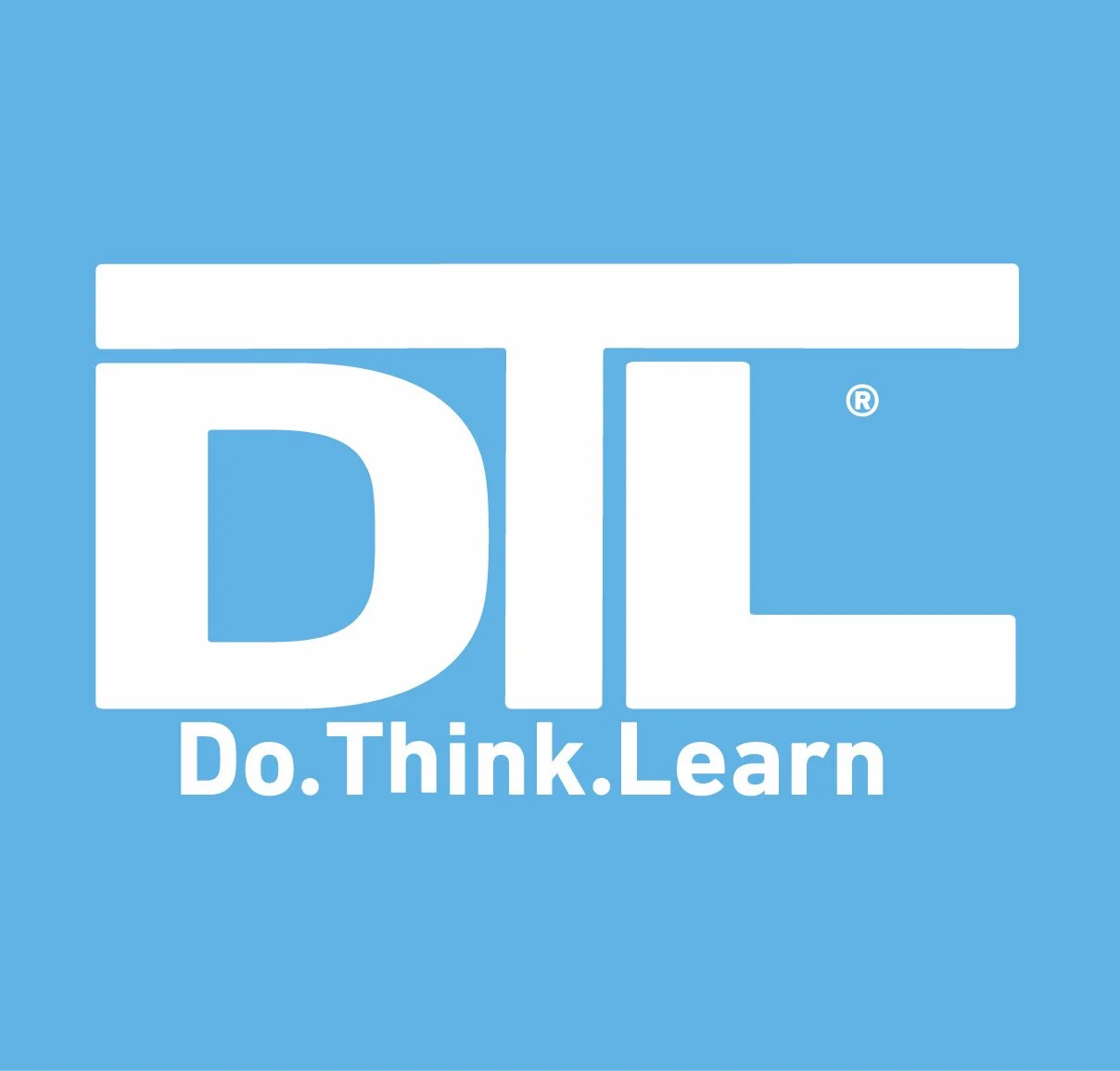Not long ago as I struggled with feeling more like a barista than an educator. I stumbled across a notebook in which I had designed a middle school framework. Among my doodles was the guiding principle: rigor - responsibility - accountability. Where did that go?
I headed out for a bike ride to clear my head. As I pedaled down the street I had to ask - am I going for a ride or is this a training ride? As the wheels turned some ideas came to mind. My question is not unlike one confronting students and schools - are we playing school or are we doing school right? I started dwelling on the similarities between school and fitness. Fitness and learning are not that different - exercise for the body and the brain. What if we start looking at schools as the fitness clubs of learning.
The various hubs of fitness - call them health clubs, fitness centers, gyms, boxes or athletic clubs - have varying levels of participation, equipments, investment, and outcomes. Each place has a different ethos towards learning. Most likely each place defines fitness a bit differently or suggest different paths to fitness.
Schools aren’t that different (despite what we say). As educators we toss arounds terms - college preparatory, magnet, charter, progressive, I.B., etc. to describe our ethos towards learning. We define learning and educational success differently across this spectrum of schooling. Before I go further… There are many fantastic gyms and amazing schools in every state. Also, all gyms and all schools have dedicated individuals, both teachers and students, who are dedicated to their training.
The fitness industry makes a lot of money from people who don’t show up much after New Year’s. Removing those participants from our equation, a few groups remain in the gym. One group plays fitness. These folks work out but never really get their heart rate up or overload a system to encourage change. Amongst the machines some people do intervals - five minutes on their phones and 30 seconds of movement. Other folks make a big deal of moving the pin so everyone knows they’re going to lift big weights. When they get around to lifting, they have quick movements within a small range of motion. Over by the class space a few folks who put more effort into finding an epic quote to describe their class than they actually put into class.
Are schools better than that? Plenty of students go thru the motions, distract themselves or others, inflate their experience, or focus their learning within a limited range of knowledge. Yet in both cases, there are numerous participants who genuinely pursue physical and intellectual training. However, let us not focus on the participants.
I want to focus attention on the institutions who support these facades of learning. Unfortunately, schools are drifting towards the strip mall fitness industry model. I chuckle when I picture an AP focused school as the Gold’s Gym of learning… bulging academic muscles with limited use or purpose. I shudder to compare a rural or urban high school much like an Anytime Fitness… $20 a month and a few teachers to coach hundreds. Something is surely better than nothing but that’s a mighty low bar. More expensive independent schools represent the fancy athletic clubs that curate a desirable educational experience. Fortunately it seems like a growing number of gyms and schools have tried to change things up.
If you look closely around the landscape of education you can find a number of schools away from the strip malls of learning that are trying to do the same. What kind of school do you workout in? What kind of academic training do you want your student to have? Rigor, responsibility, and accountability… that’s where I want to operate.
